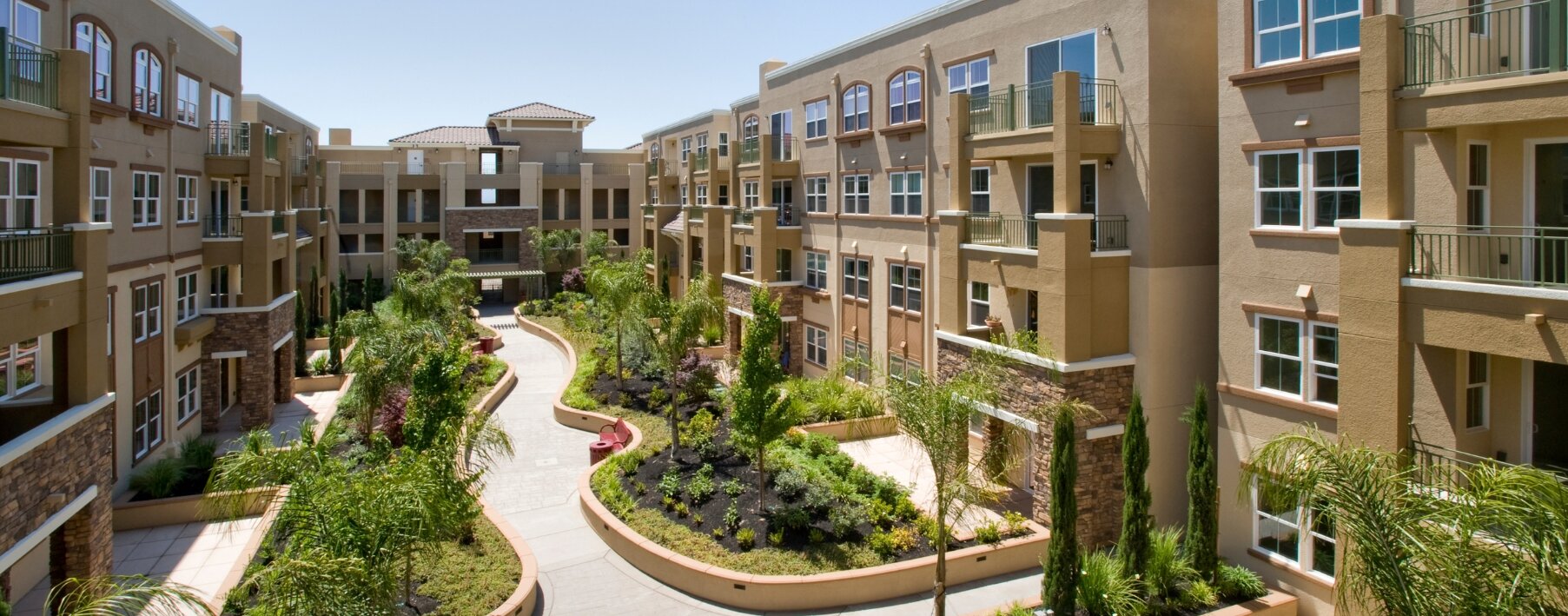What Is an HO-8 Home Insurance Policy?

Purchasing an older home is an exciting prospect that allows you to become part of history. However, making this investment might cause some headaches where historic home renovations, repairs, and insurance are concerned.
Typically, insurance companies may consider older homes to be more risky to cover for a few reasons. The structure and its systems has seen years and years of wear and tear as well as the possibility that the cost of materials to repair or rebuild the home may also be higher than the market value, hard to find, or possibly not even up to code any longer. Learn more on the topic with our guide on market value vs replacement cost.
That’s why we’ve written a guide to HO-8 insurance policies, which can help those living in historic homes know what to look for when shopping for home insurance coverage.
Key takeaways:
HO-8 insurance may be the best (and sometimes only) option for people living in registered landmarks or older homes. This coverage will help protect you against things like fire, theft, and vandalism. Home insurance providers may also offer discounts for loss prevention devices like fire and burglar alarms or water leak detectors. Or, like Hippo, they may provide services that help you maintain your home and perhaps avoid losses in the first place.
- HO-8 insurance is typically for people living in homes that are more than 40 years old or are registered as historical landmarks.
- HO-8 is a named perils policy, meaning it only covers against perils that are specifically named in the policy, including fire, theft, and vandalism.
- HO-8 policies reimburse you at actual cash value rather than replacement cost.
Understanding your HO-8 insurance policy
It is possible to add supplemental coverage to a standard homeowners policy if you have an older home. However, if that option isn’t available, an HO-8 policy is a type of basic home insurance policy that is meant to offer coverage to those living in older homes who might be otherwise denied. HO-8 coverage is typically less comprehensive than typical home insurance policies, but these policies allow people who might not be able to secure coverage otherwise, keep their homes protected if it is determined that it would cost more to rebuild your home, than it’s current value.
Who is an HO-8 insurance policy for?
HO-8 policies are typically reserved for owner-occupied homes where the cost to replace the damaged house is higher than the home’s actual cash value (ACV). As insurance companies may consider older homes a bigger risk than newer builds, these policies help get historic homes coverage.
A few homeowners who may look into an HO-8 policy include:
- Those who live in homes that are older than 40 years
- Those who live in historical landmarks or protected homes
- Those whose homes were built with outdated or rare materials
Understanding your HO-8 policy coverage
An HO-8 policy is a named perils policy, which means it will include the traditional home insurance coverage that we will dive into below, plus 10 additional “perils,” or things that cause damage to your home.
An HO-8 policy covers the following perils:
- Fire or lightning
- Hail or windstorms
- Explosions
- Riots or civil commotion
- Damage from aircrafts
- Damage from vehicles
- Smoke
- Malicious mischief or vandalism
- Theft
- Volcanic eruptions
In the event that one of the mentioned perils causes damage to your home, your HO-8 policy would help you get coverage. Unlike an open peril policy, an HO-8 policy will only provide protection for the perils named above.
Dwelling and other structures
Dwelling and other structures coverage covers your home, attached structures, and any other structures on your property, including a shed or detached garage. Dwelling coverage is typically open peril, meaning you’ll be covered for all perils that aren’t specifically named as exclusions in your policy.
Exclusions may include:
- Earthquakes
- Floods
- Government actions
- Neglect
Medical expenses of others
In the event that someone gets injured on your property, your HO-8 policy will help take care of their medical expenses. This coverage will help with medical payments for injuries that occur on your property whether or not you’re at fault.
This coverage is intended for smaller claims and usually has a lower coverage limit, typically between $1,000 and $5,000.
Loss of use
Loss of use coverage will help take care of your living expenses like lodging and renting a car while you don’t have access to your dwelling due to damage from a covered peril. This coverage is intended for reasonable living expenses, so there may be limits on exactly what you can claim while you don’t have access to your dwelling.
Personal liability
Personal liability damage helps pay for claims of bodily injury or property damage that were caused by members of your household. This could help if your child breaks someone’s window with a baseball, or if someone falls down the stairs of your home.
Personal liability coverage will help cover any medical or property expenses up to your coverage amount.
Personal property
Personal property coverage covers any of the belongings in your home or on your property in the event that they’re damaged or stolen. Personal property is typically covered under a named perils policy, meaning you’ll only be covered for perils that are explicitly named in your policy.
Typical named perils include
- Damage from an aircraft
- Fire
- Hail
- Lightning
Personal property is usually covered at a sublimit, meaning it’ll be covered for a percentage of your dwelling limit. If you want higher coverage or additional perils, you’ll need to purchase additional coverage.
What is not covered by HO-8 policy insurance?
While HO-2 and HO-3 are open peril policies, meaning they’ll cover all perils except those specifically excluded, HO-8 is a named peril policy, meaning it will only cover perils specifically included in the policy.
A few typical exclusions to an HO-8 policy include:
- Government action
- Hurricanes
- Water damage, including flooding
- Earthquakes or earth movement
- War
- Damage due to neglect
- Intentional loss
- Wear and tear
- Winter weather damage
- Falling objects
Some of the above perils can be covered through additional insurance riders.
How much HO-8 coverage do you need?
Determining how much home insurance you need depends on the specifics of your home, the location and your lifestyle. If your home is historic with unique characteristics that add style but may be a challenge to replace, the modified HO-8 homeowners insurance policy may be an option for you. Working with an insurance professional to confirm your older home is properly insured can be key in situations like this and can prevent your home from being underinsured. It is important to note that homes that are historically constructed and reside in areas declared to be historic will be required to rebuild to code which means rebuilding them in the same way which is challenging and costly, so it is important to clarify through your insurance provider whether your policy covers that.
Too often a policy is chosen based purely on the price. Choosing the lowest cost option may leave you underinsured or, worse yet, uninsured. Not all insurance coverage is the same. Sure, most provide coverage for the structure of your home and your belongings. But not all cover you for the same types of events.
Still have questions?
We’ve got answers. Learn more about an HO-8 policy below.
Is HO-8 actual cash value?
HO-8 policies pay actual cash value rather than replacement cost. This means that if your home is damaged, you’ll be paid the cash value of your home, taking deterioration into account. Often, this means that people with HO-8 policies don’t receive the full amount needed to repair their homes.
What is covered in an HO-8?
HO-8 is a named perils policy, meaning it will include typical home insurance coverages like dwelling, property, and liability, plus the 10 perils that are specifically named in the policy. These perils include fire damage, vandalism, and theft.
What type of insurance is HO-8?
An HO-8 policy is a basic home insurance policy, meaning it includes coverage for the standard things like dwelling, personal property, and liability, without any add-ons built in. If those with this policy wish to have add-ons included with their policy, they’ll have to purchase them separately.
What is the difference between an HO-8 and HO-3?
The biggest difference between HO-8 policies and HO-3 policies is that HO-8 policies are named perils policies while HO-3 are open perils policies. This means that those with HO-3 coverage will be covered for any perils except those specifically mentioned in their policy. On the other hand, those with HO-8 policies will only be covered for perils named in their policy.
Because older homes are risky investments, HO-3 policies usually aren’t available to those who live in one.
What is actual cash value coverage?
Actual cash value means that payout is determined by the actual value of your belongings, accounting for wear and tear or depreciation. Replacement cost coverage, on the other hand, determines payout by how much the materials on your home or your belongings were worth when you purchased them, not taking depreciation into account.



